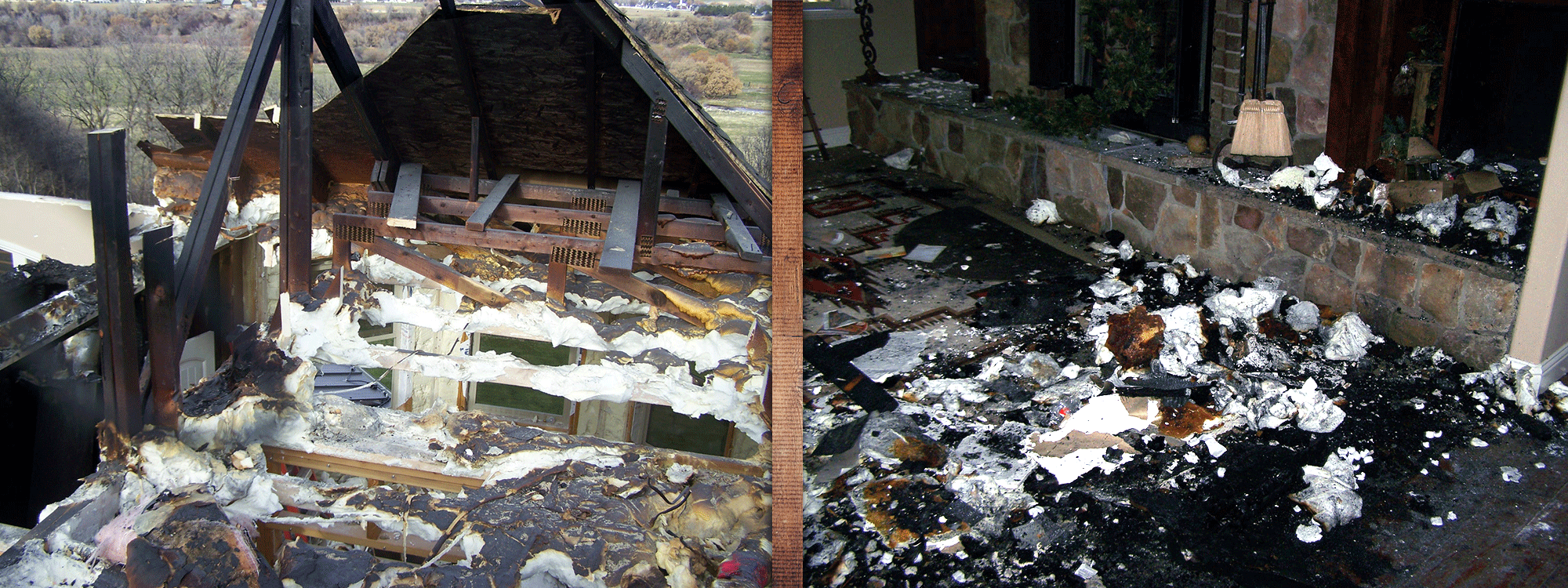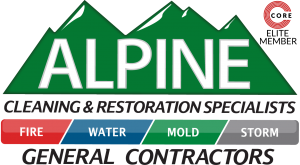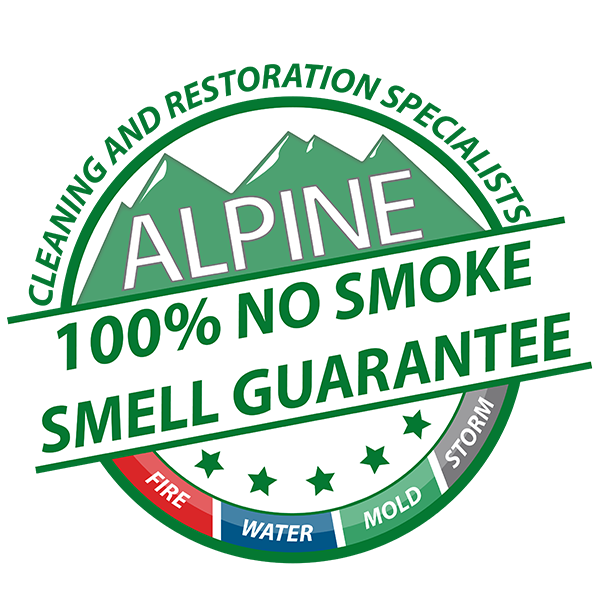Emergency Restoration Tips
What Do You Do In an Emergency?
Fires and floods can do some pretty serious damage to your home. Even after the dust has settled, the emergency is still only half over. Now comes the costly and time consuming business of cleaning and restoring your home. But where do you start? Here are some do’s and don’ts for general emergency restoration.
Smoke and Fire Damage

Do’s
- Blow off or brush-vacuum loose soot particles from upholstery, drapes, and carpets.
- Cover carpeted traffic areas with towels or old linens to prevent additional soiling.
- Discard open food packages. The food could be contaminated.
- If your electrical service is off, clean out your freezer and refrigerator. Leave the doors propped open or place charcoal in the unit.
- Send clothing with heavy smoke damage to a qualified professional dry cleaner.
- Clean formica and chrome fixtures in the kitchen and bathroom to prevent permanent tarnishing.
- Wipe residue from porcelain bath fixtures to prevent etching.
- Wipe the leaves of house plants to remove smoke residue.
- Change the air filter on your furnace if it uses forced hot air.
- Tape cheese cloth over the intake and outlet air registers to capture any loose soot in the air. This is even more effective if the cheese cloth is damp.
- When the outside temperature is above 60 degrees, air out the house to reduce smoke odor.
Don’ts
- Do not attempt to wash any papered or flat painted walls without consulting your professional cleaner. Incorrect cleaning procedures will compound the soot residue problem.
- Do not attempt to clean carpets or upholstered furniture. Incorrect procedures could also increase damage to them.
- Do not use electrical appliances that have been close to fire or water before having them checked. They could malfunction.
- Do not use ceiling fixtures if the ceiling is wet. A short circuit could result.
- Do not touch anything. Soot on your hands can permeate upholstery, walls, and woodwork, causing further damage.
- Do not eat food that has been exposed to fire or smoke.
- Do not wait to call for professional help.
Water Damage

Do’s
- When the outside temperature is above 60 degrees, use dehumidifiers if available.
- Use fans to circulate the air and assist drying.
- Remove as much water as possible by mopping and blotting.
- Wipe furniture dry.
- Lift draperies off carpet, loop through a coat hanger, and place the hanger on the drapery rod.
- Prop up wet furniture cushions for even drying and place small wood blocks or aluminum foil under furniture legs.
- Remove wet area rugs or other floor coverings.
- Open furniture drawers, closet doors, and luggage to enhance drying.
- Move photos, paintings, and art objects to a safe, dry location.
- Remove wet fabrics and dry them as soon as possible. Hang furs and leather goods to dry separately at room temperature.
- Remove damp books from shelves and spread them out to dry.
- If damage occurs during a cool season, leave heat on; if in summer, use an air conditioner if available.
Don’ts
- Do not attempt to remove chemical stains such as ink or paint.
- NEVER operate damaged electrical appliances.
- Do not throw away damaged wood chips or other small articles. They might be helpful for repair.
- Do not use household cleaning products on fabrics, upholstery, or carpet without consulting a professional cleaner.
Let Us Help
When an emergency hits, response time is critical to avoid permanent damage to your home. That’s why Alpine Cleaning and Restoration Specialists guarantees that we’ll be there within 60 minutes of your call or e-mail. Your satisfaction is our first priority and we’ll do our best to get you back on your feet as soon as possible. Get in touch with us today and find out how we can help you.




